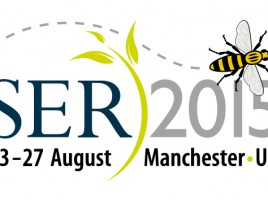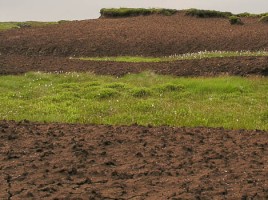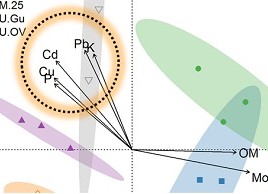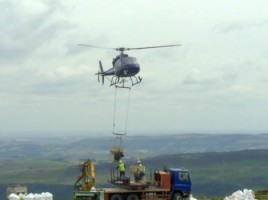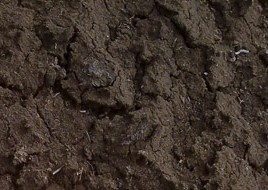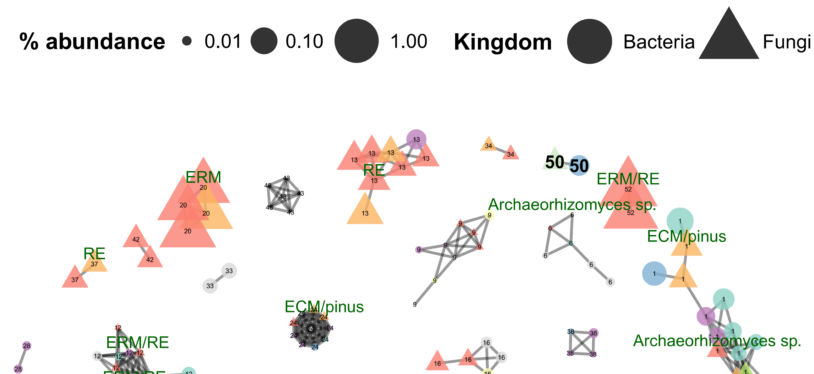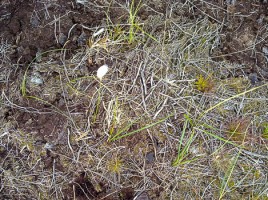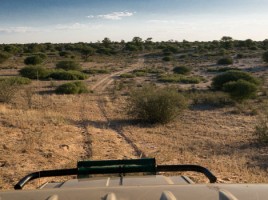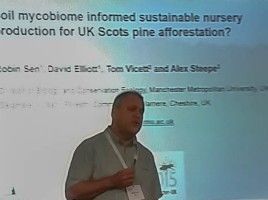
Soil mycobiome informed sustainable nursery production for UK Scots pine afforestation
Concerns are mounting at the increasing loss of economically important native and introduced UK tree species to fungal diseases. Key examples are ash dieback in European ash and red band needle blight in Scots pine from the respective fungal disease causing ascomycetes, Chalara fraxinea and Dothistroma septosporum. Identification of disease …
